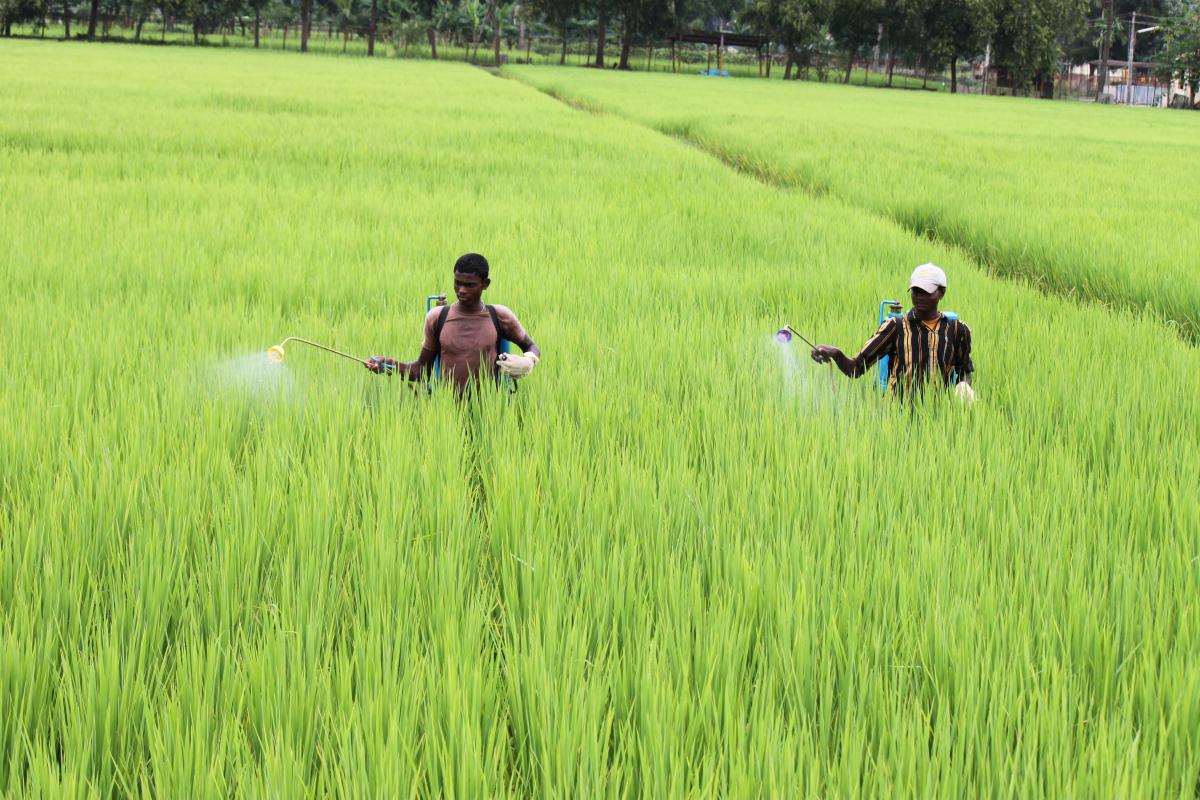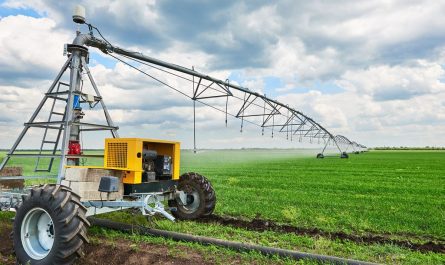Crop protection chemicals have become an integral part of modern agricultural practices. Their usage has helped increase crop yields, ensure food security and boosted farm incomes. However, their indiscriminate and excessive use has also led to environmental and health hazards that can no longer be ignored. In this article, we take a deeper look at crop protection chemicals, their benefits as well as the challenges they pose.
Need for Crop Protection
Agriculture faces numerous challenges from weeds, insect pests and diseases that can destroy entire harvests if left unchecked. Crop raiding animals also cause significant losses to farmers every year. To protect their crops and livelihoods, farmers need suitable techniques and tools. For the last few decades, crop protection chemicals have played a big role in this regard.
Farmers spray various pesticides and herbicides to prevent crop losses due to weeds, insects and diseases. These chemicals have helped increase productivity and ensure reliable harvests. Studies show average crop yields have more than doubled in many countries due to the adoption of high-yielding varieties and use of agricultural chemicals. This has boosted global food supplies. Chemicals have also helped reduce post-harvest losses and maintained quality of produce.
Financial Benefits
The reliance on crop protection chemicals has benefited farmers financially as well. By reducing risks of crop failures, these chemicals have enabled farmers to grow cash crops profitably. The insurance of reliable harvests every year allows farmers to take loans and make investments in their agricultural operations.
The crop protection industry today represents a multi-billion dollar global market. Agrochemical companies invest heavily in research and development of newer, more targeted solutions. This has created many jobs related to manufacturing, distribution, advisory services etc. Developed farming techniques involving chemical inputs have also pulled many out of poverty.
Downsides and Risks
However, excessive and indiscriminate usage of Crop protection chemicals over the long term has led to negative environmental, health and social impacts. Runoff of agrochemicals from fields has polluted water resources. Pesticide residues are now commonly found in ground and surface water.
Soil health is also degraded with excessive use of synthetic fertilizers and frequent applications of pesticides. This affects the microbial activity and natural nourishment of soils. Long-term imbalances in using agrochemicals disrupt soil bio diversity causing numerous issues.
Chemicals that persist in the environment have accumulated in living organisms over time through the food chain. This has led to biodiversity loss and inflicted harm on humans, animals as well as beneficial insects. The indiscriminate spraying of broad-spectrum pesticides has resulted in outbreaks of secondary pests.
Farm workers and rural communities exposed to these chemicals on a daily basis suffer the maximum impact on health. Pesticide poisoning is a serious occupational hazard and has claimed many lives. Long-term low-level exposure also increases risk of cancer, respiratory/neurological illnesses and birth defects. Safe disposal of empty containers is another big challenge.
Socio-economic Impact
While crop protection chemicals have indeed enabled increased farm outputs, a lopsided reliance on them has also weakened other aspects of agricultural systems. Traditional organic practices are on the decline as marginal lands get degraded. Monocropping cultures dependent on external inputs undermine rural livelihood diversification.
Small and resource-poor farmers find it difficult to adopt sustainable solutions due to high costs involved. They remain trapped in unsustainable cycles of rising costs and debts. Lack of alternative livelihood options forces many to migrate from villages in search of jobs in cities.
Way Forward
Given the complex challenges, experts argue for a judicious, balanced and responsible approach towards using crop protection chemicals. Integrated Pest Management advocates use of chemicals as a last resort by first exploring other precautionary measures.
More investments are needed in promoting organic/natural methods, traditional knowledge, bio-pesticides, pheromone traps, bio-control agents, cultural practices, crop rotations etc. Policies must incentivize local production of bio-inputs and innovations suitable for small holdings.
Stringent regulations, compliance mechanisms and awareness programs aim to curb indiscriminate/unsafe practices. Community monitoring helps check violations. R&D efforts focus on developing reduced-risk, targeted, degradable solutions minimizing exposure.
Public-private partnerships promote more sustainable solutions. While complete reliance on agro-chemicals may not end soon, a gradual paradigm shift can help balance productivity, profitability and protection of people & environment over the long-term. With open discussions and prudent policies, we can ensure agriculture’s progress is both green and Just.




